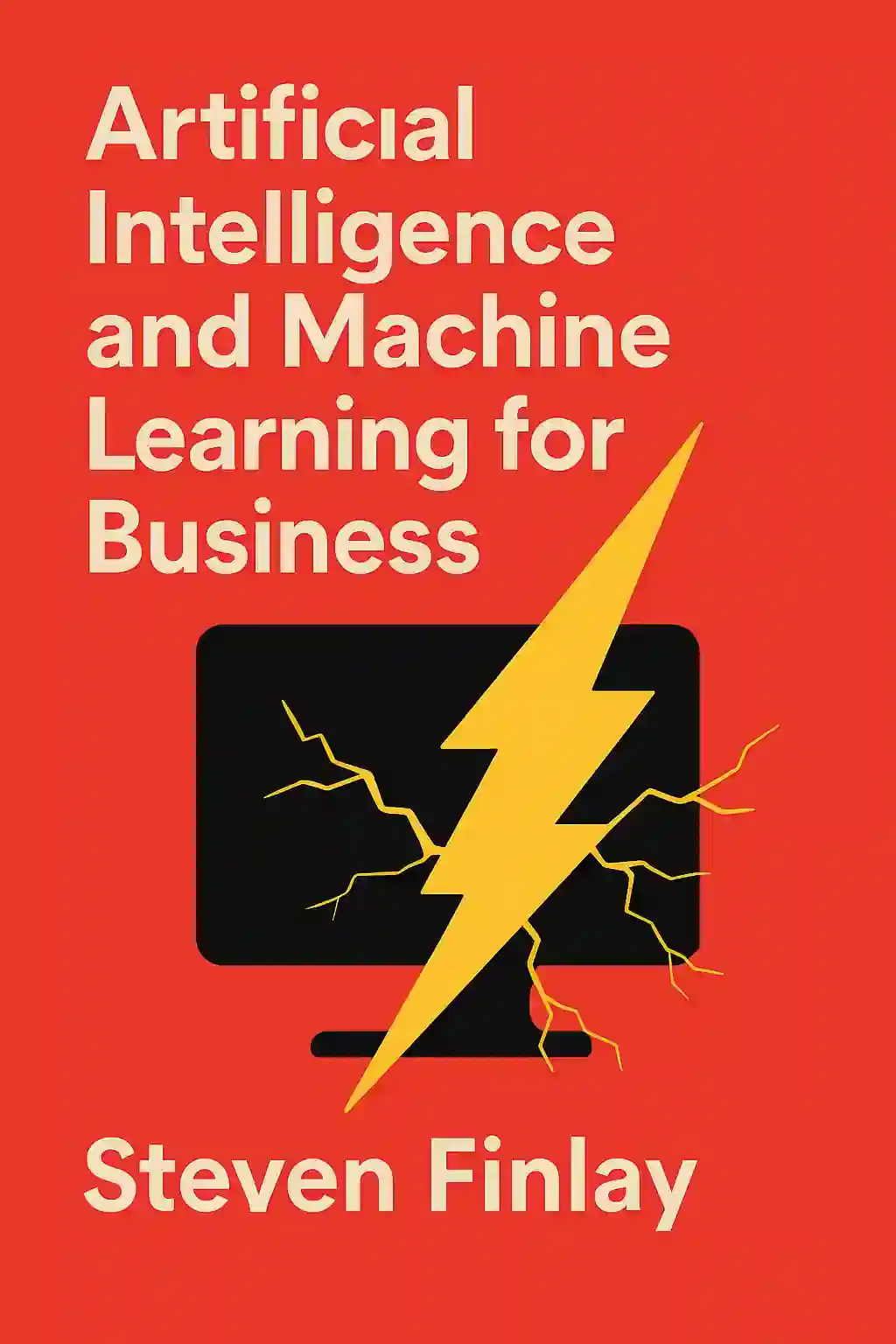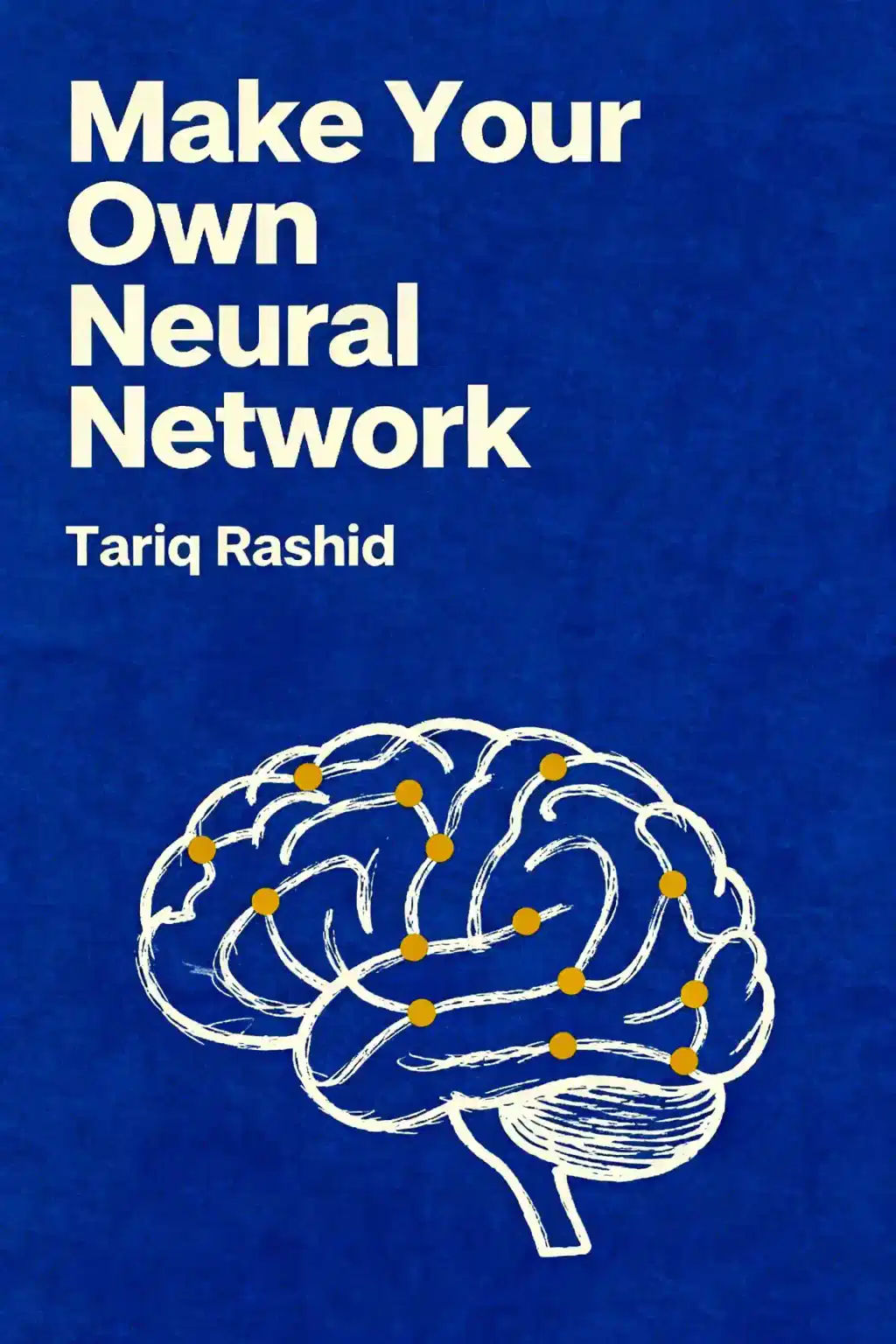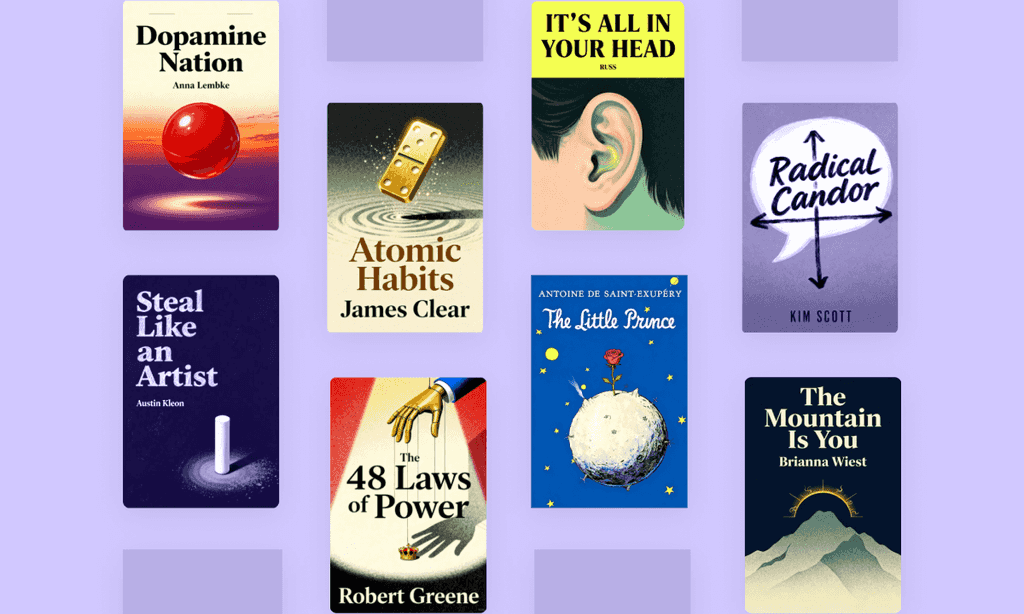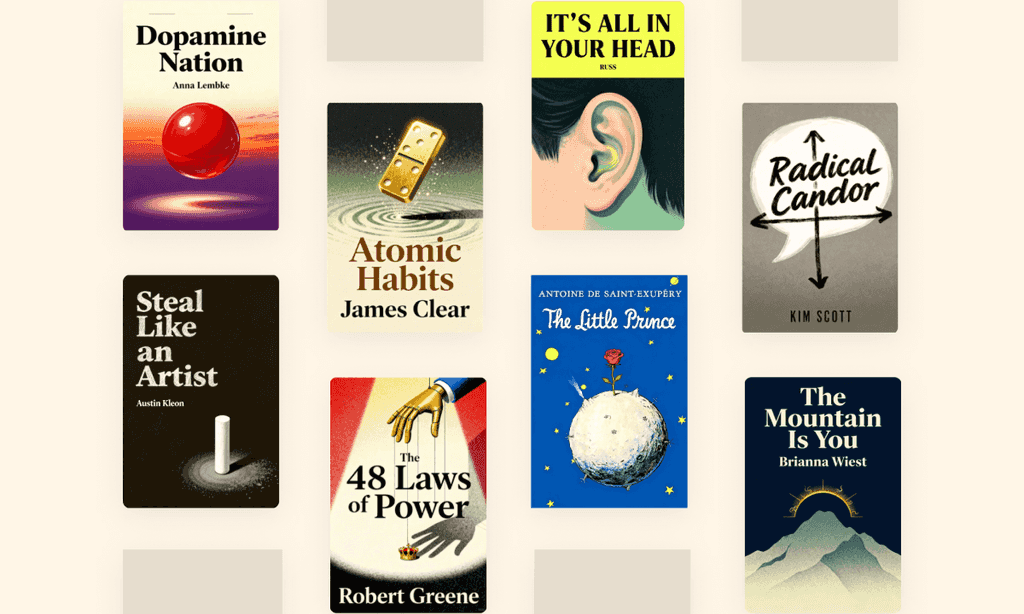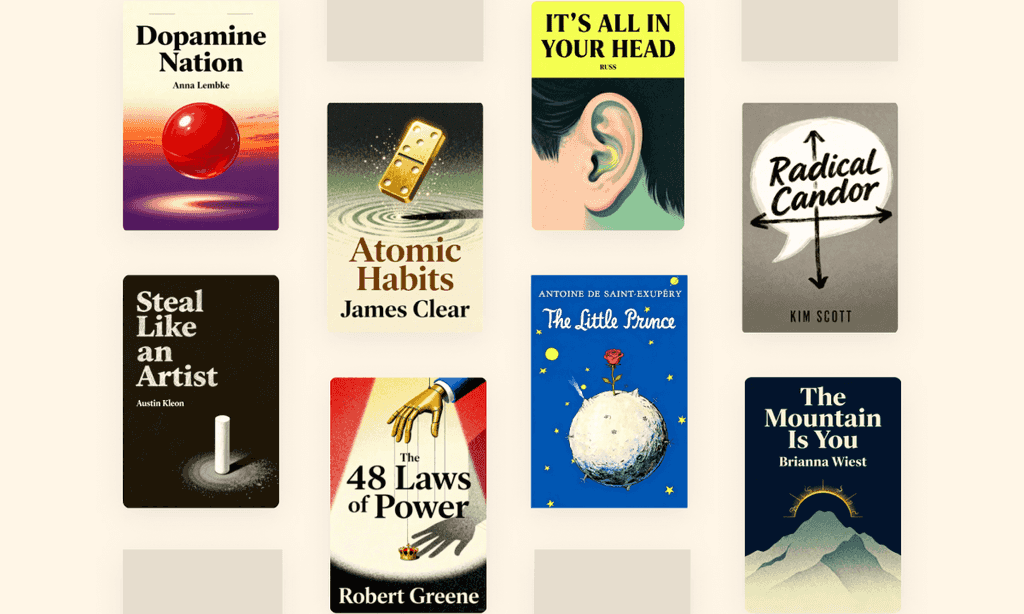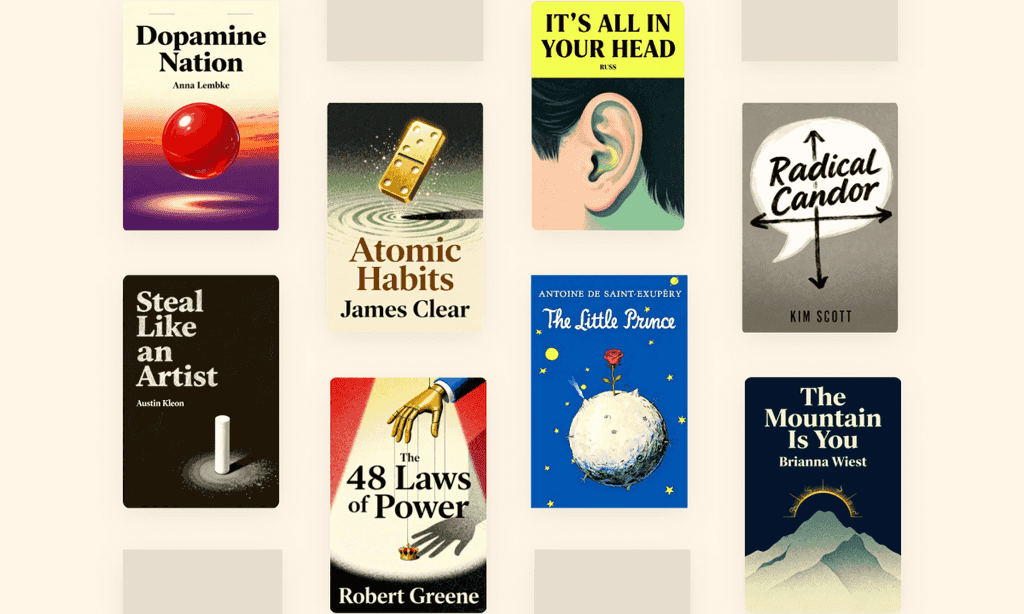
Hands-On Machine Learning with Scikit-Learn and TensorFlow by Aurélien Géron Summary
Transform your machine learning journey with Aurelien Geron's industry-defining guide. Consistently ranked among the top ML books and endorsed by tech leaders, this 850-page masterpiece bridges theory with practice. What powerful AI applications will you build after just one chapter?
About the author
Aurélien Géron, author of the bestselling Hands-On Machine Learning with Scikit-Learn and TensorFlow, is a leading expert in machine learning and AI engineering with deep industry roots. His book, a cornerstone in practical AI education, blends foundational theory with real-world implementation, reflecting his experience as a former Google engineer and head of YouTube’s video classification team.
Géron’s career spans wireless technology, product management, and AI consulting, equipping him to address both technical and strategic challenges in the field.
Known for distilling complex concepts into accessible lessons, he extends his expertise through deep learning crash courses for organizations like Criteo and contributes to TensorFlow’s evolution. His work emphasizes scalable solutions, from neural network optimization to production deployment frameworks. Hands-On Machine Learning has become a global standard for practitioners, translated into over 40 languages and recommended by tech leaders for its actionable approach to building intelligent systems.
FAQs About This Book
Hands-On Machine Learning by Aurélien Géron provides a practical guide to building machine learning systems using Python frameworks like Scikit-Learn and TensorFlow. It covers foundational algorithms (linear regression, decision trees) and advanced deep learning techniques (CNNs, RNNs, reinforcement learning), with end-to-end projects, code examples, and minimal theoretical math. The book emphasizes real-world applications, from data preprocessing to model deployment.
This book caters to developers, data scientists, and engineers seeking actionable ML skills. Beginners benefit from its hands-on approach and clear explanations, while experienced practitioners gain insights into TensorFlow, Keras, and advanced neural networks. It’s ideal for those transitioning from traditional ML to deep learning or preparing for production-scale implementations.
Yes, it’s a top-rated resource for its balance of theory and practice. Readers praise its project-based structure, industry-ready code examples, and coverage of both Scikit-Learn (for classic algorithms) and TensorFlow (for deep learning). The included Jupyter notebooks and focus on real-world pipelines make it a staple for ML practitioners.
The book walks through an end-to-end ML project, including data collection, visualization, model training, and hyperparameter tuning. Specific examples include customer segmentation, fraud detection, and revenue prediction. Later chapters tackle deep learning projects like image classification with CNNs, NLP tasks using RNNs, and reinforcement learning environments.
Scikit-Learn is introduced for traditional ML tasks (classification, regression, clustering), emphasizing simplicity and efficiency. TensorFlow is explored for deep learning, covering neural network architecture, distributed training, and deployment at scale. The book bridges both tools, showing how to choose the right framework based on project requirements.
Key concepts include:
- Data pipelines: Cleaning, splitting, and preprocessing datasets.
- Model evaluation: Techniques like cross-validation and hyperparameter tuning.
- Neural networks: From MLPs to CNNs/RNNs, with TensorFlow implementation.
- Deployment: Scaling models using cloud infrastructure and TensorFlow Serving.
Absolutely. The book’s focus on production-ready tools (Scikit-Learn, TensorFlow) and practical workflows aligns with industry demands. It prepares readers for roles involving model development, optimization, and deployment, with insights into cutting-edge areas like generative AI (Autoencoders, GANs) and reinforcement learning.
Some note the book assumes basic Python knowledge and skims over mathematical theory, which may challenge readers seeking deeper algorithmic understanding. A few sections on TensorFlow’s evolving syntax require supplementing with updated documentation.
No. Géron avoids heavy mathematical formalism, focusing instead on intuitive explanations and code. Linear algebra and calculus fundamentals are helpful but not mandatory, making it accessible to programmers prioritizing implementation over theory.
The second edition expands deep learning coverage, including TensorFlow 2.x, Keras integration, and modern architectures like Transformers. Updates reflect industry shifts toward scalable neural networks and reinforcement learning applications.
Yes. The latest edition adopts TensorFlow 2.x and Keras for streamlined API access, eager execution, and simplified model building. It covers migration from TensorFlow 1.x and best practices for TF 2.x workflows.
For applied ML, consider Python Machine Learning by Raschka or Deep Learning with Python by Chollet. Géron’s book uniquely combines Scikit-Learn basics with TensorFlow’s advanced capabilities, making it a hybrid resource for end-to-end skill development.
Quick Summary Mode - Read or listen to Hands-On Machine Learning with Scikit-Learn and TensorFlow Summary in 8 Minutes
Break down key ideas from Hands-On Machine Learning with Scikit-Learn and TensorFlow into bite-sized takeaways to understand how innovative teams create, collaborate, and grow.
Flash Card Mode - Top 11 Insights from Hands-On Machine Learning with Scikit-Learn and TensorFlow in a Nutshell
Distill Hands-On Machine Learning with Scikit-Learn and TensorFlow into rapid-fire memory cues that highlight Pixar’s principles of candor, teamwork, and creative resilience.

Fun Mode - Hands-On Machine Learning with Scikit-Learn and TensorFlow Lessons Told Through 21-Min Stories
Experience Hands-On Machine Learning with Scikit-Learn and TensorFlow through vivid storytelling that turns Pixar’s innovation lessons into moments you’ll remember and apply.
Personalize Mode - Read or listen to Hands-On Machine Learning with Scikit-Learn and TensorFlow Summary in 0 Minutes
Ask anything, pick the voice, and co-create insights that truly resonate with you.

From Columbia University alumni built in San Francisco
See More Stories?

Get the Hands-On Machine Learning with Scikit-Learn and TensorFlow summary as a free PDF or EPUB. Print it or read offline anytime.






